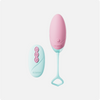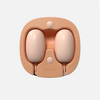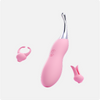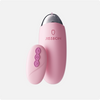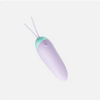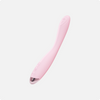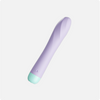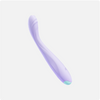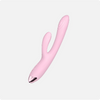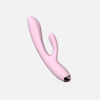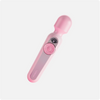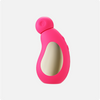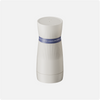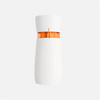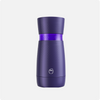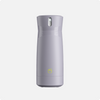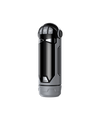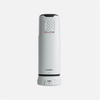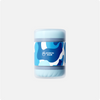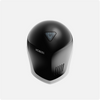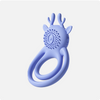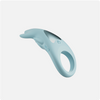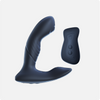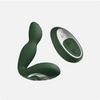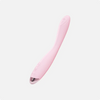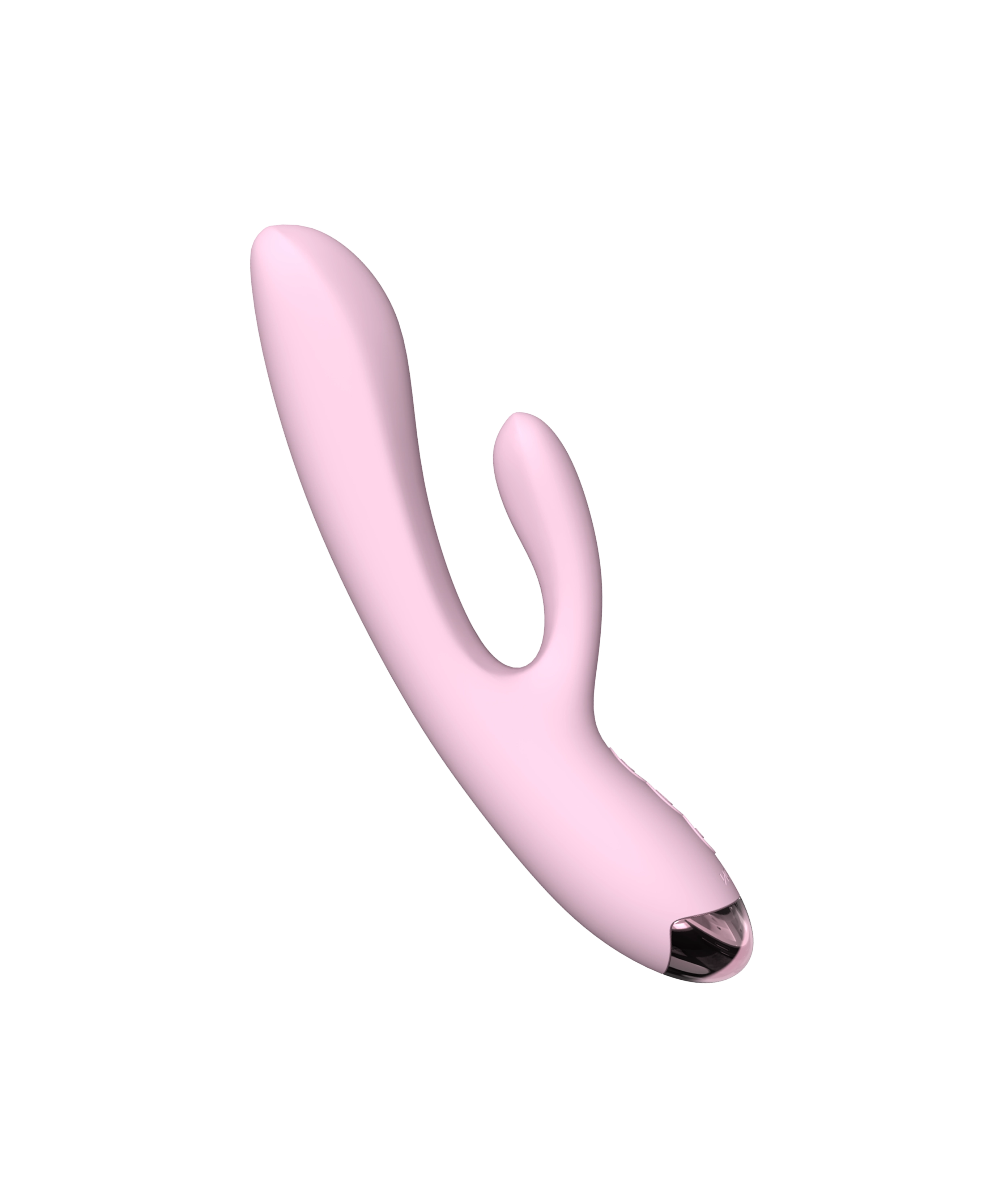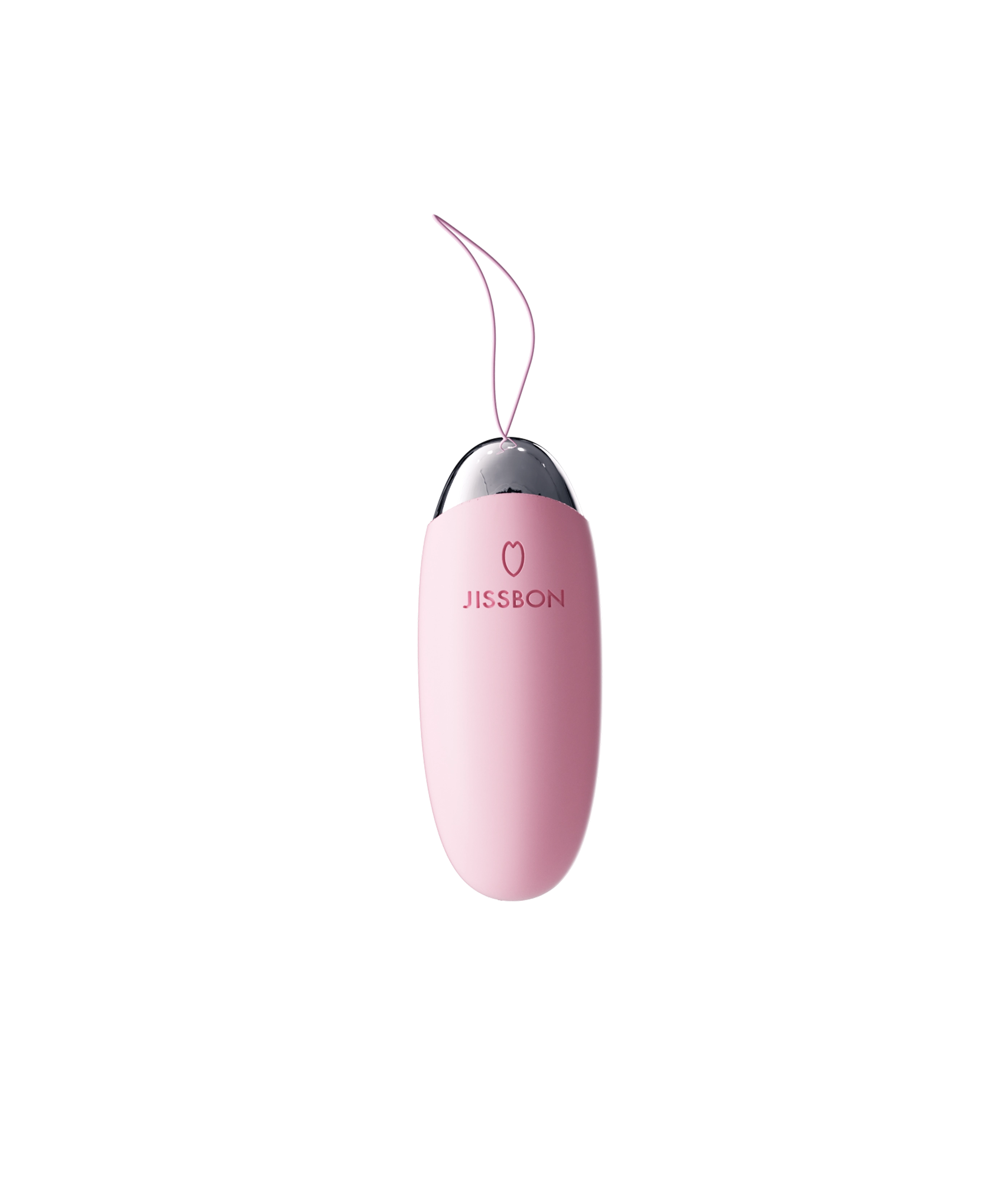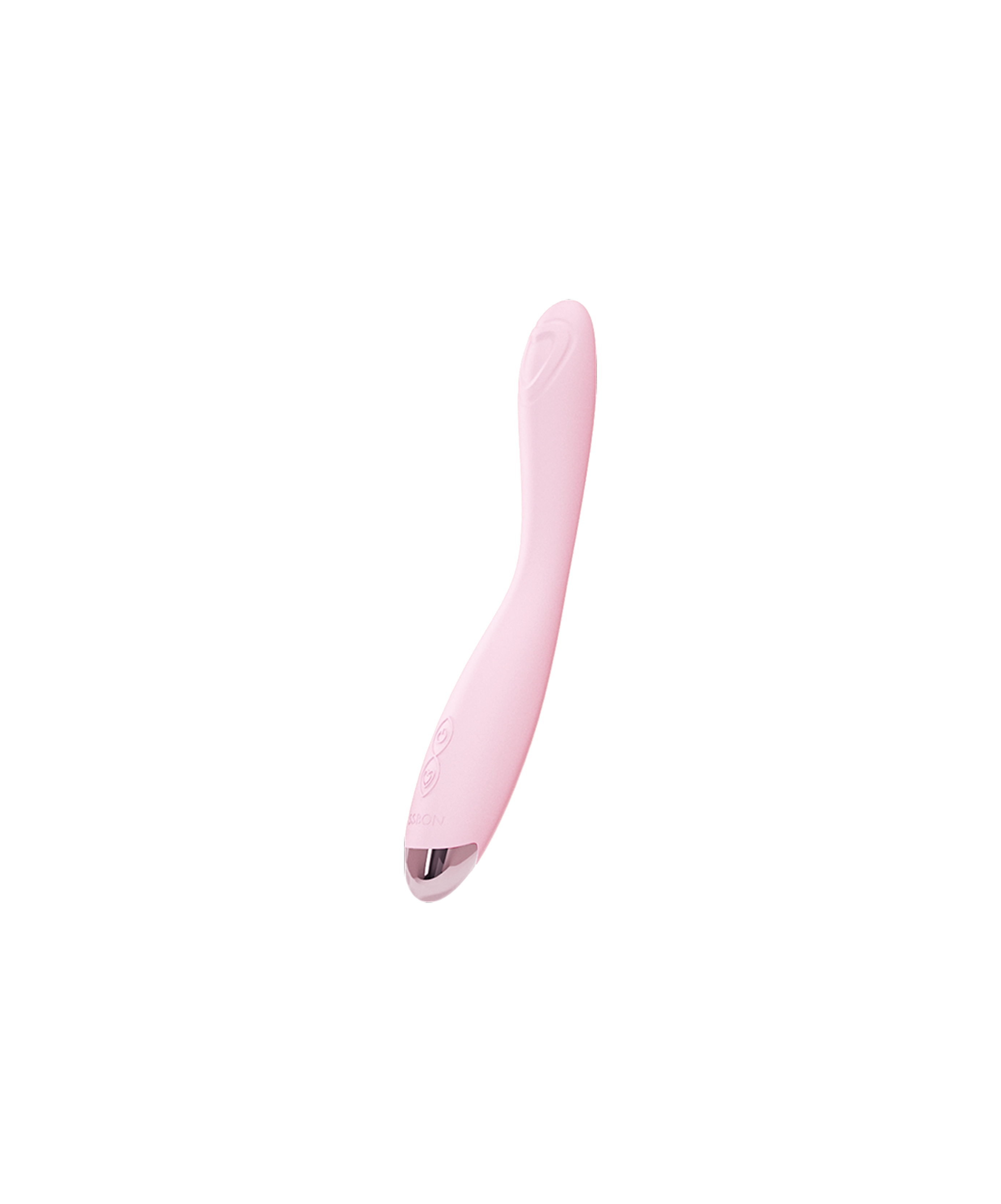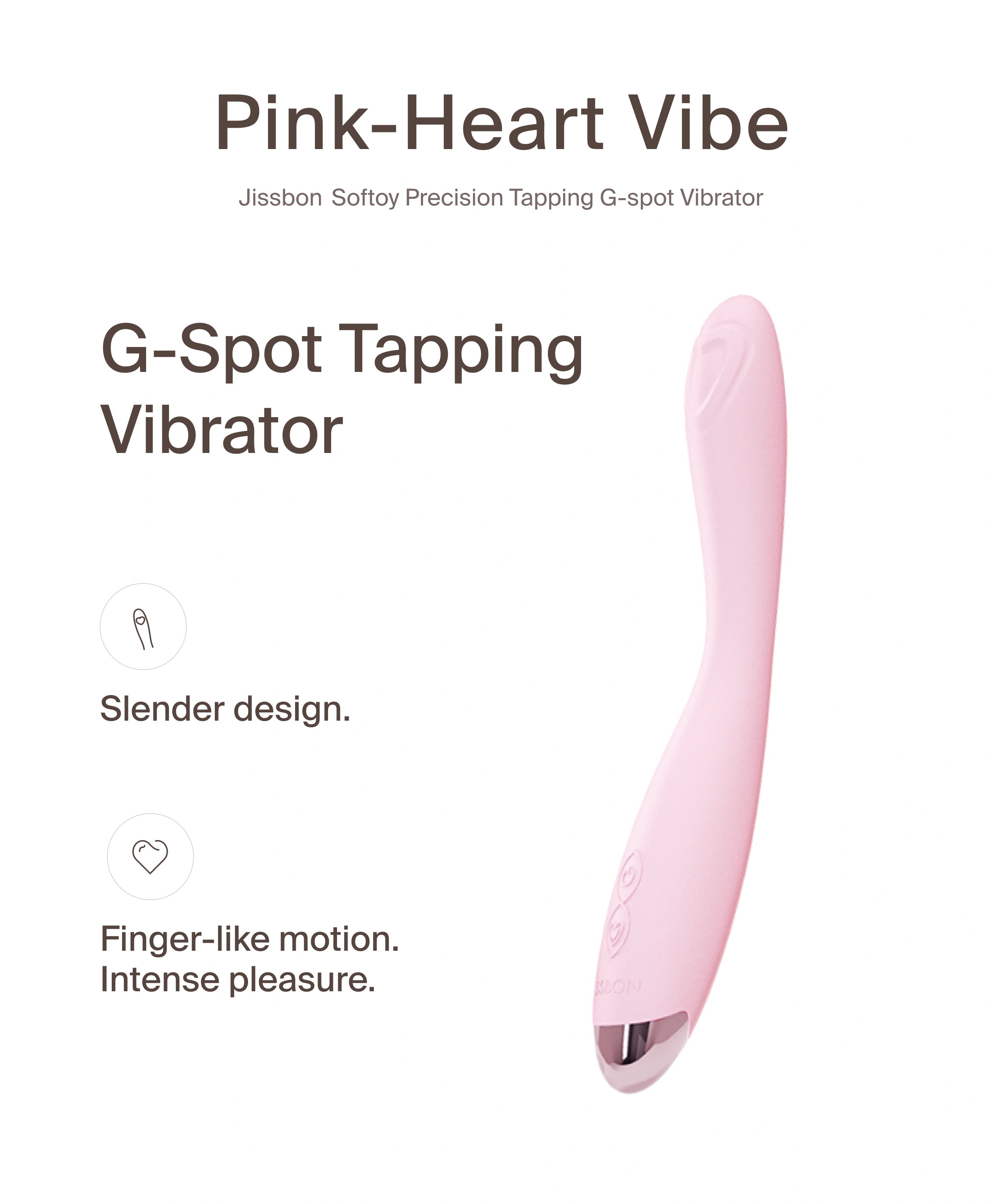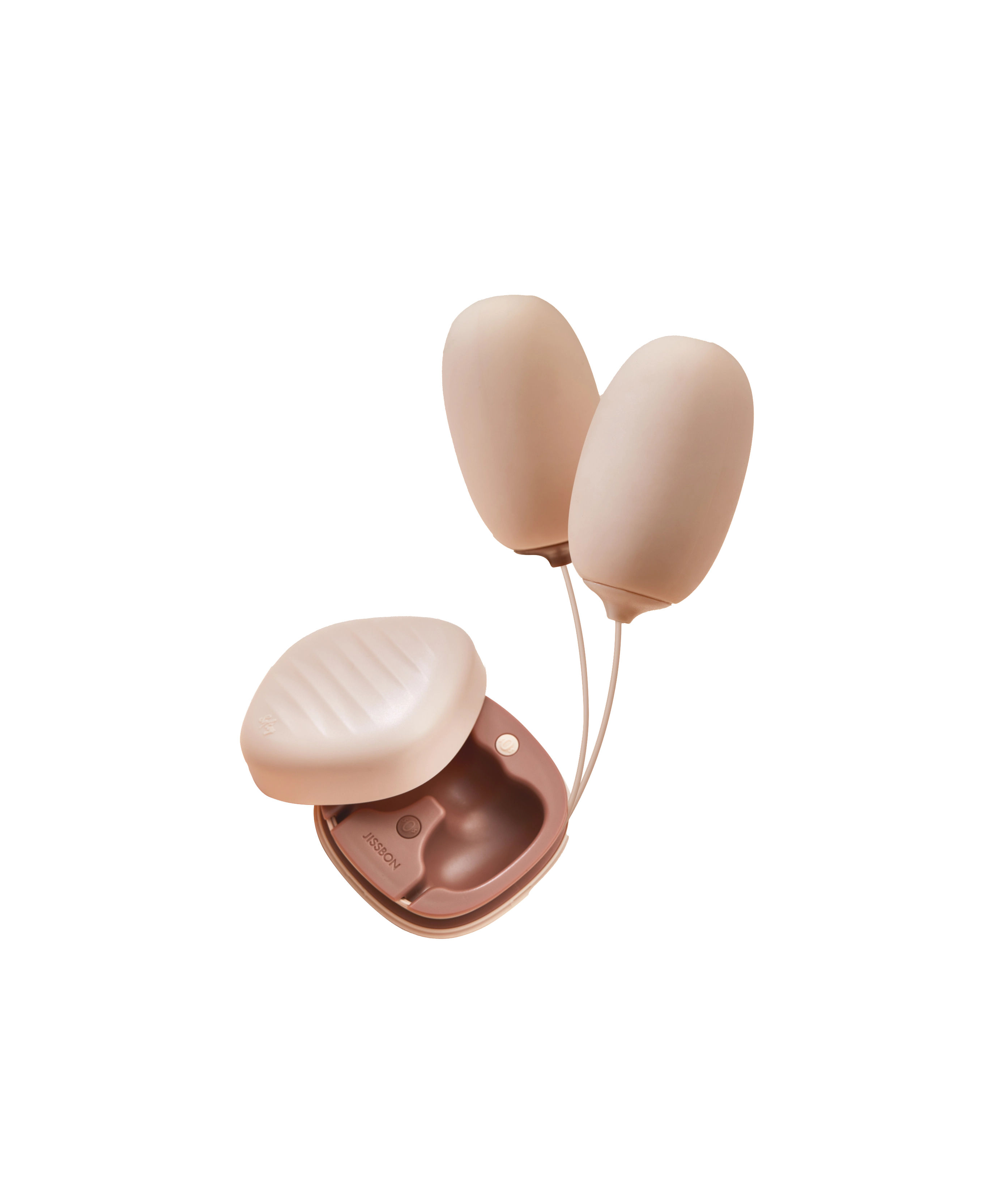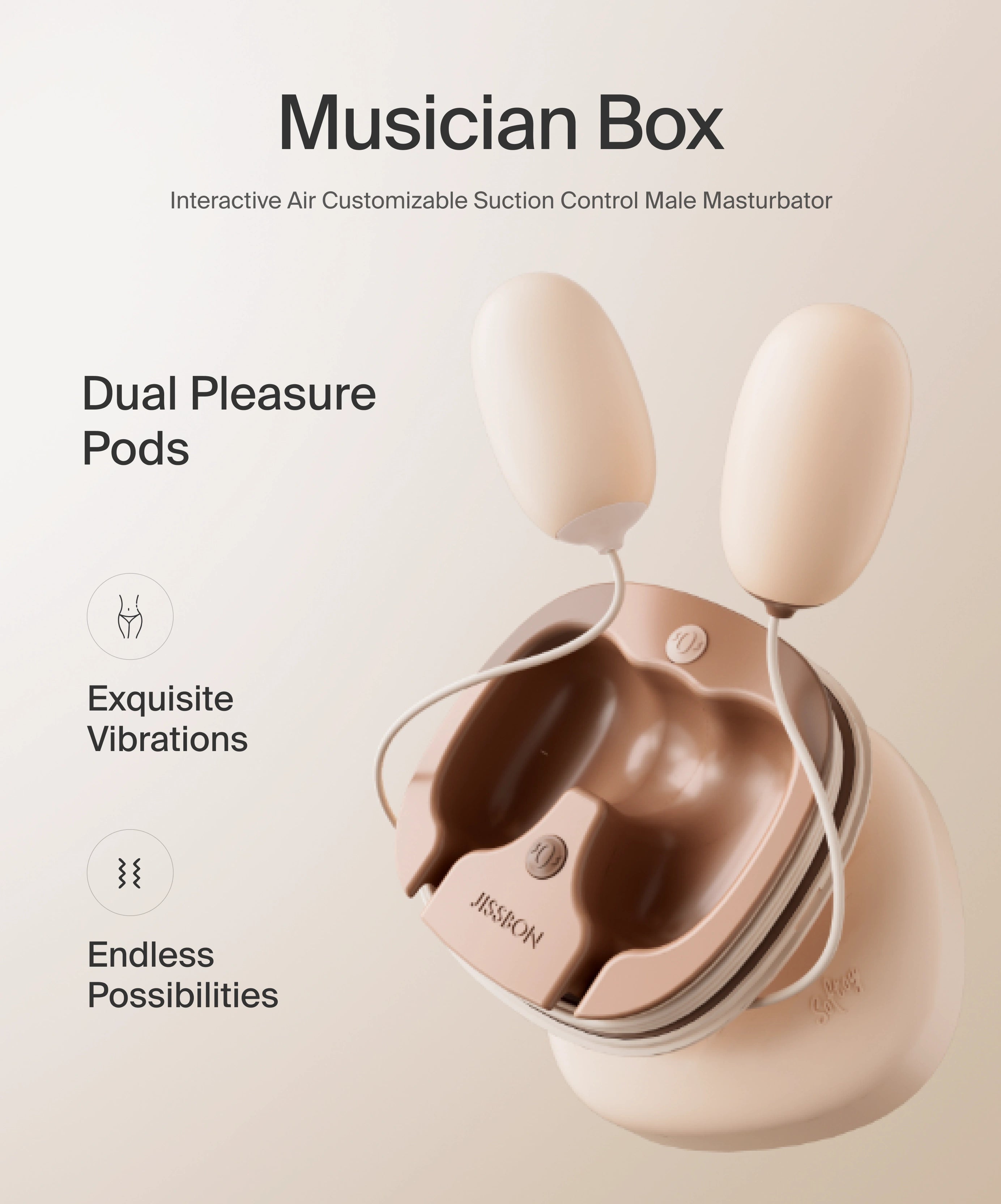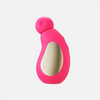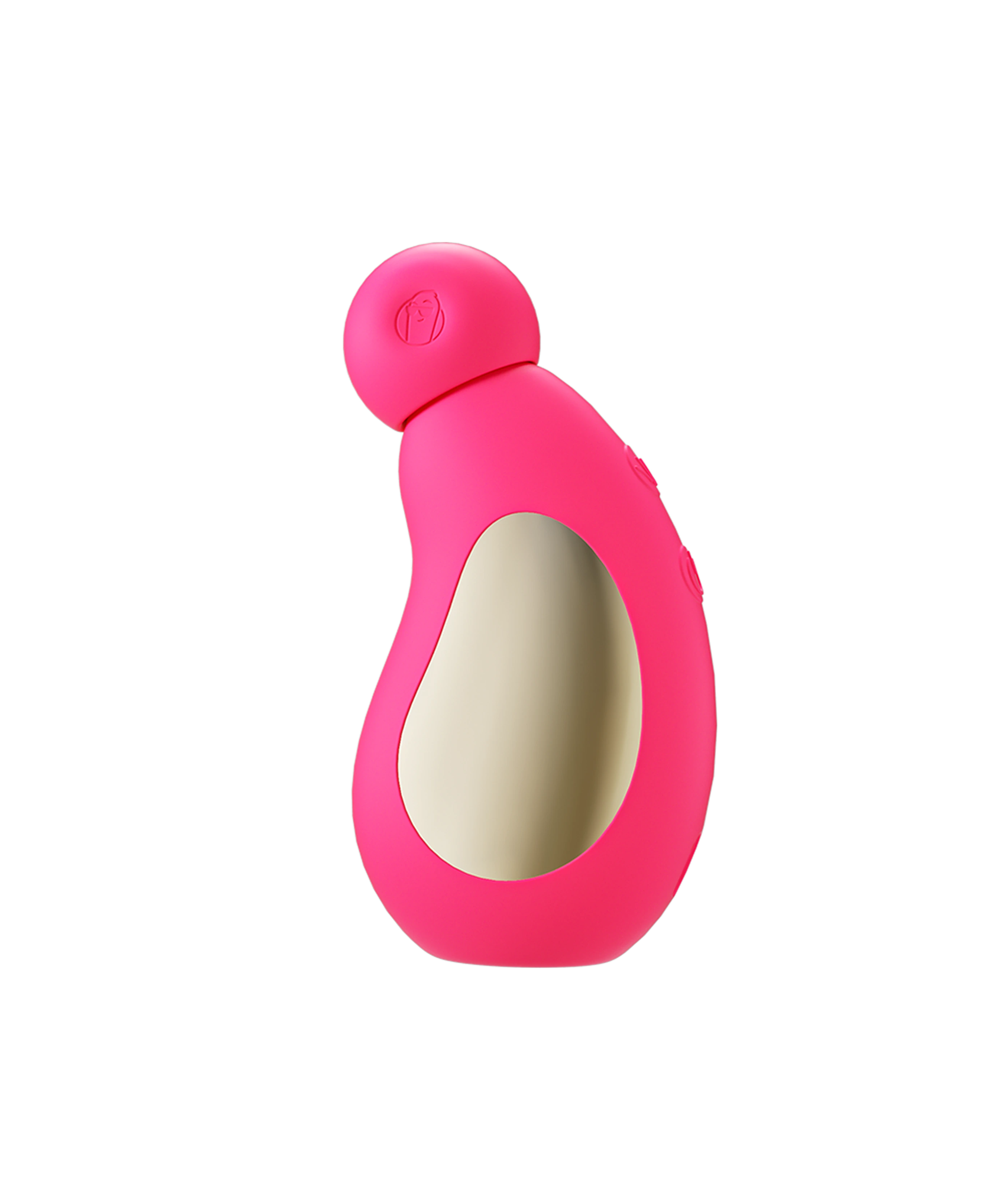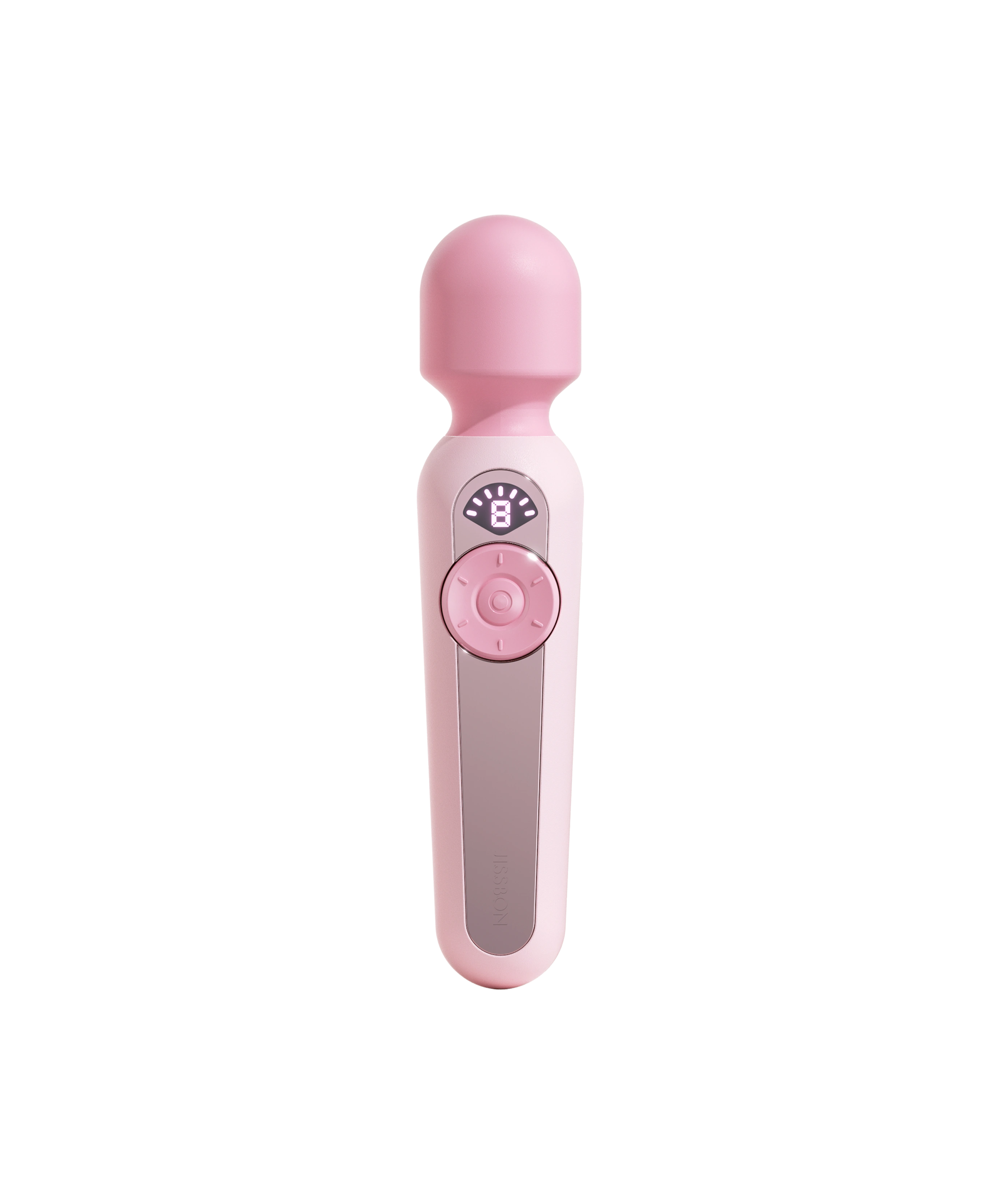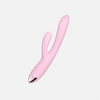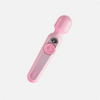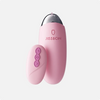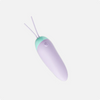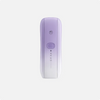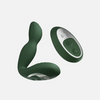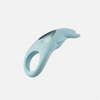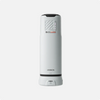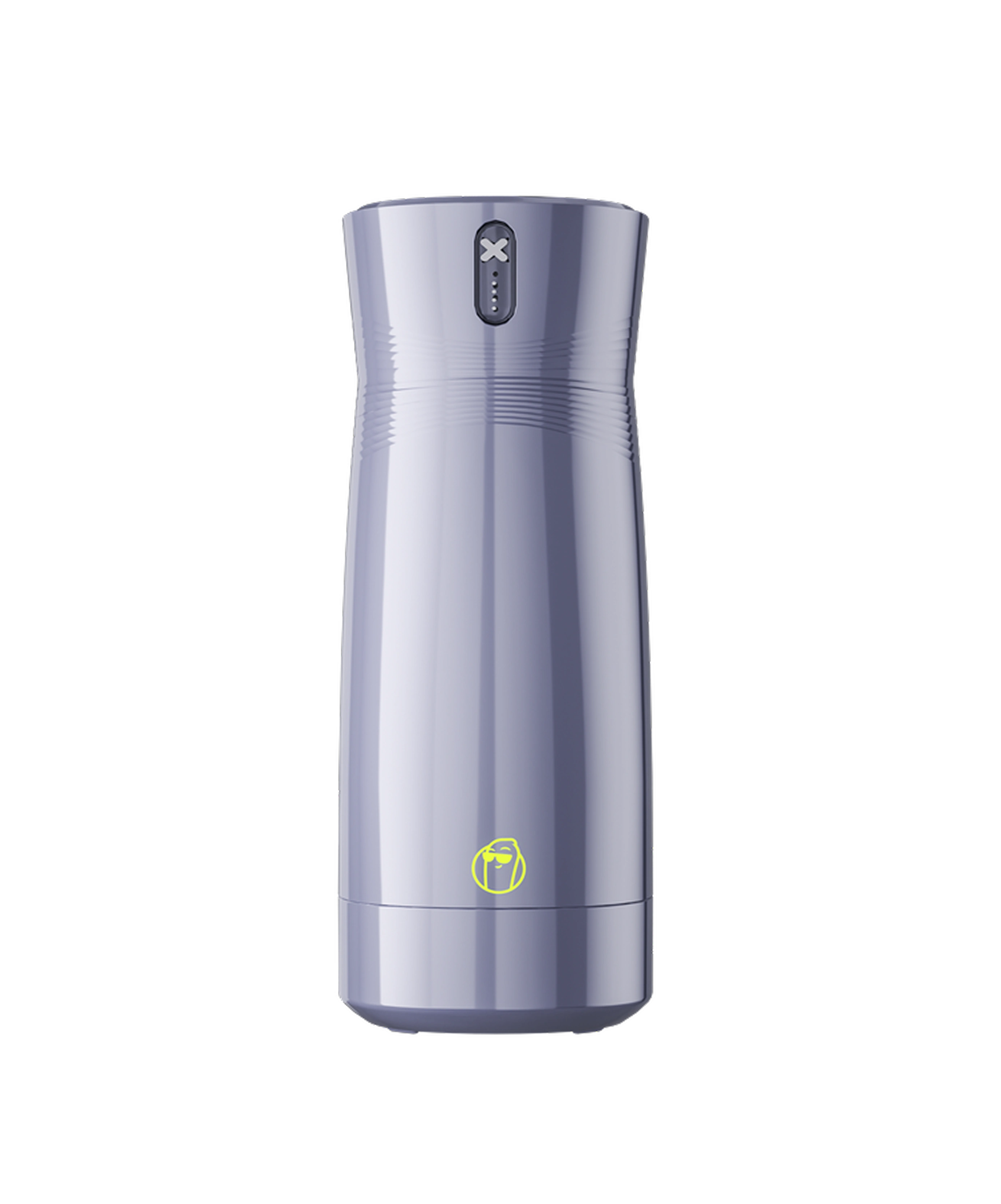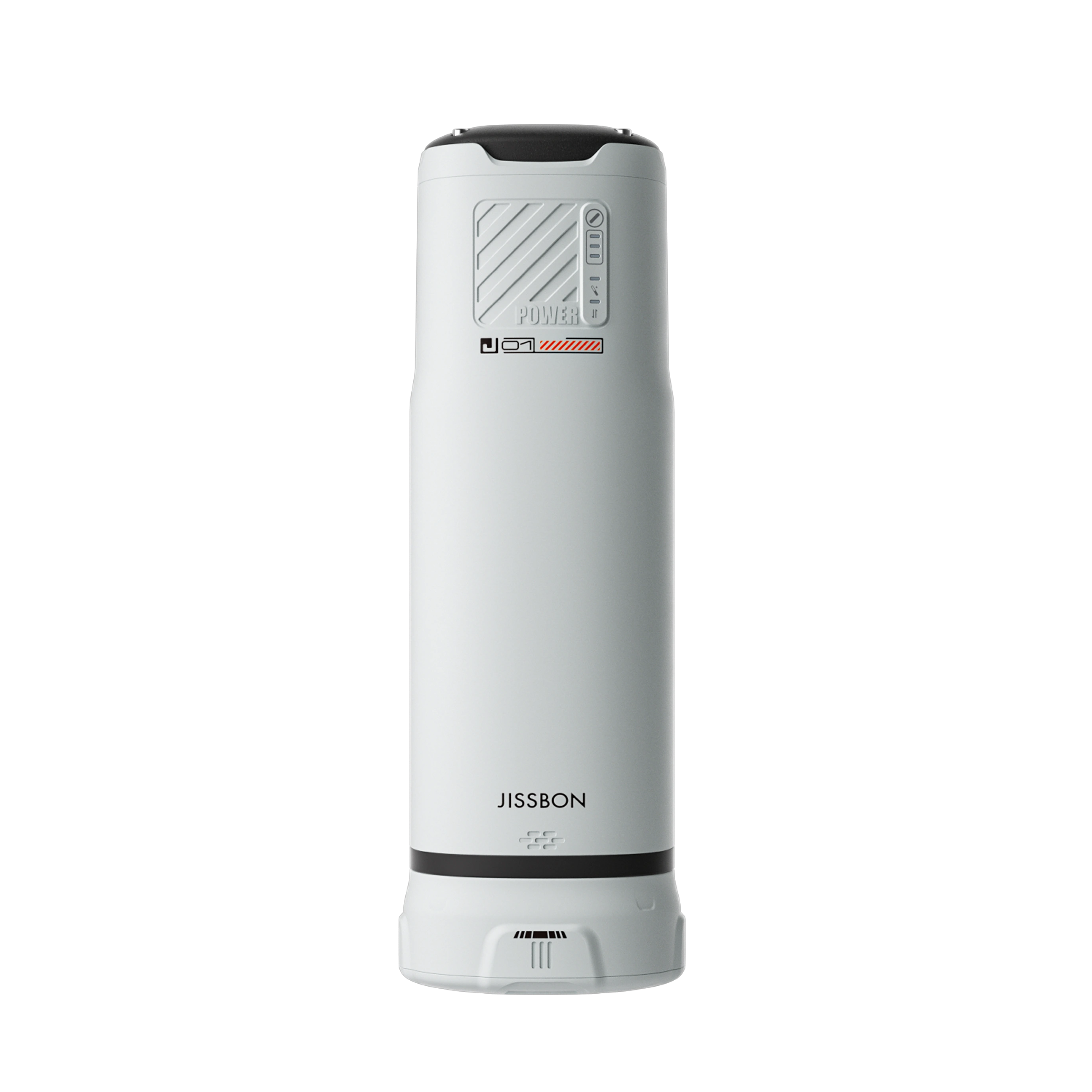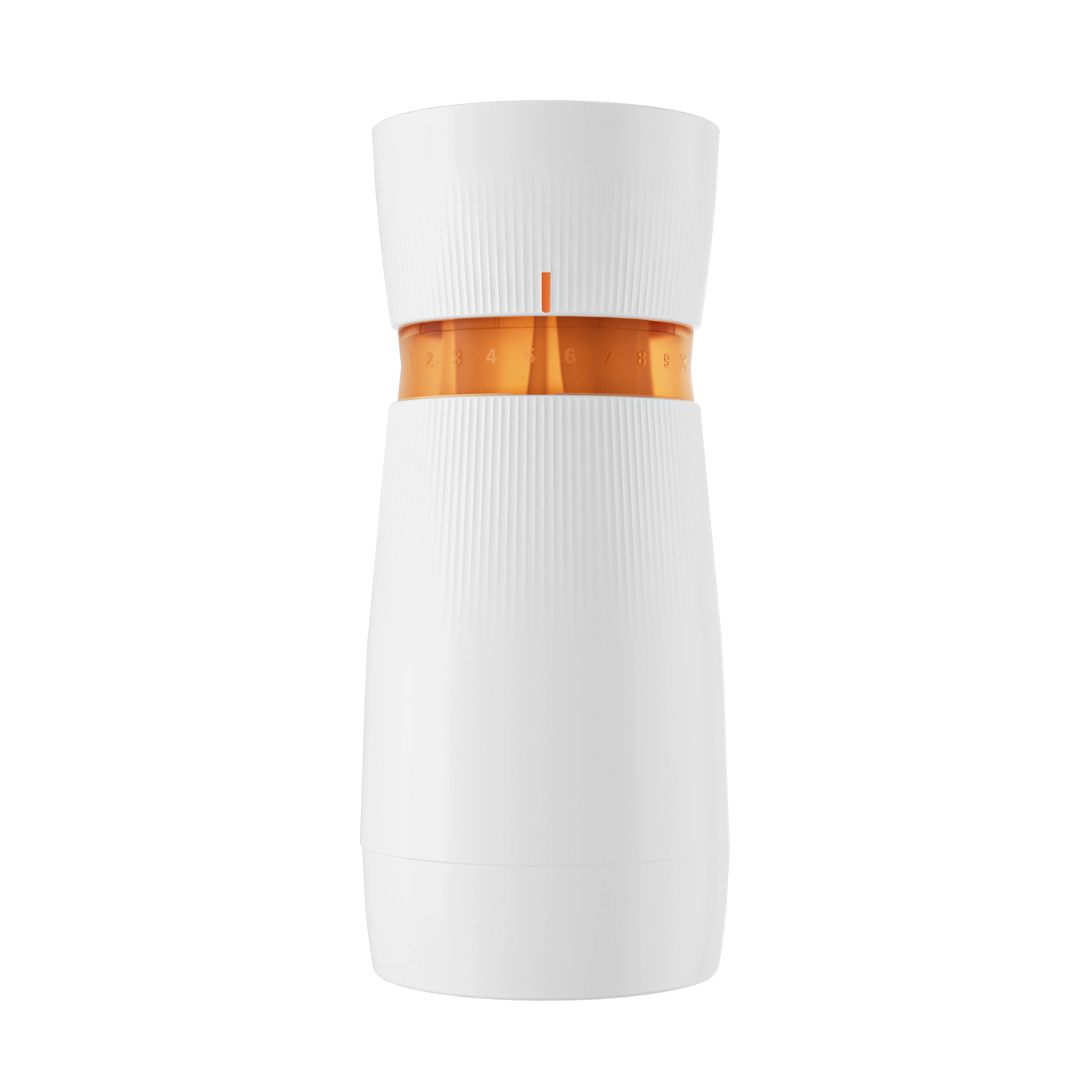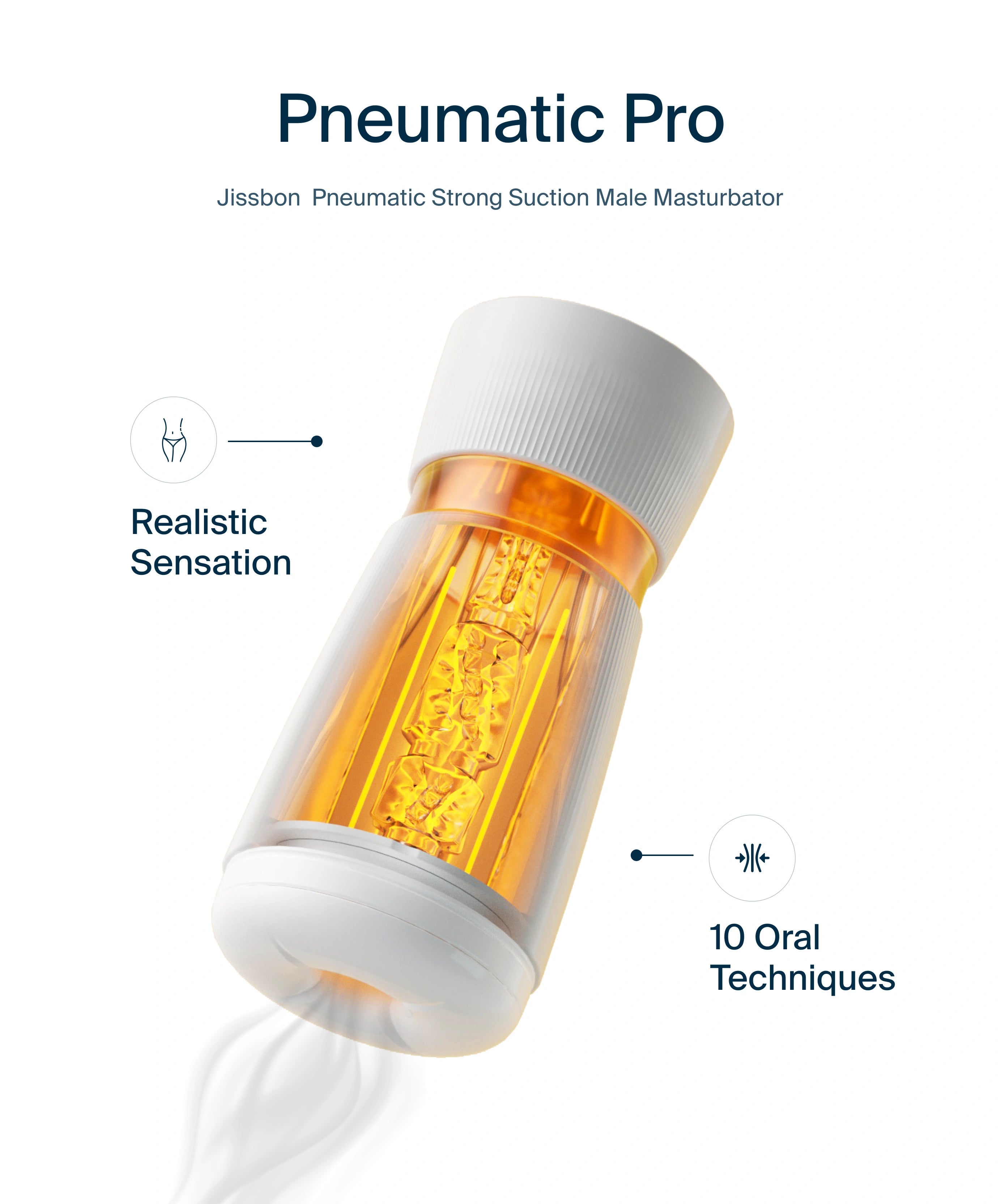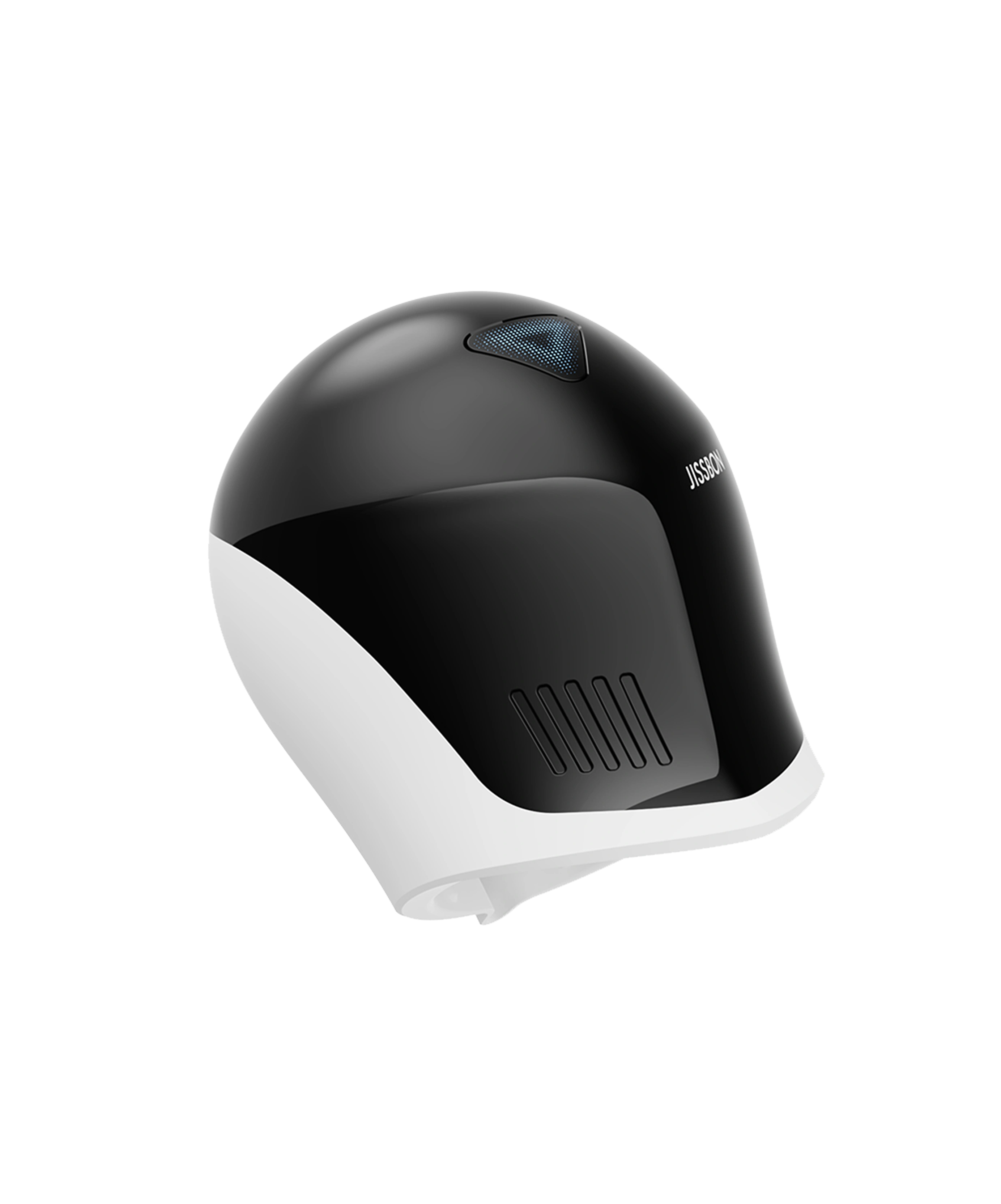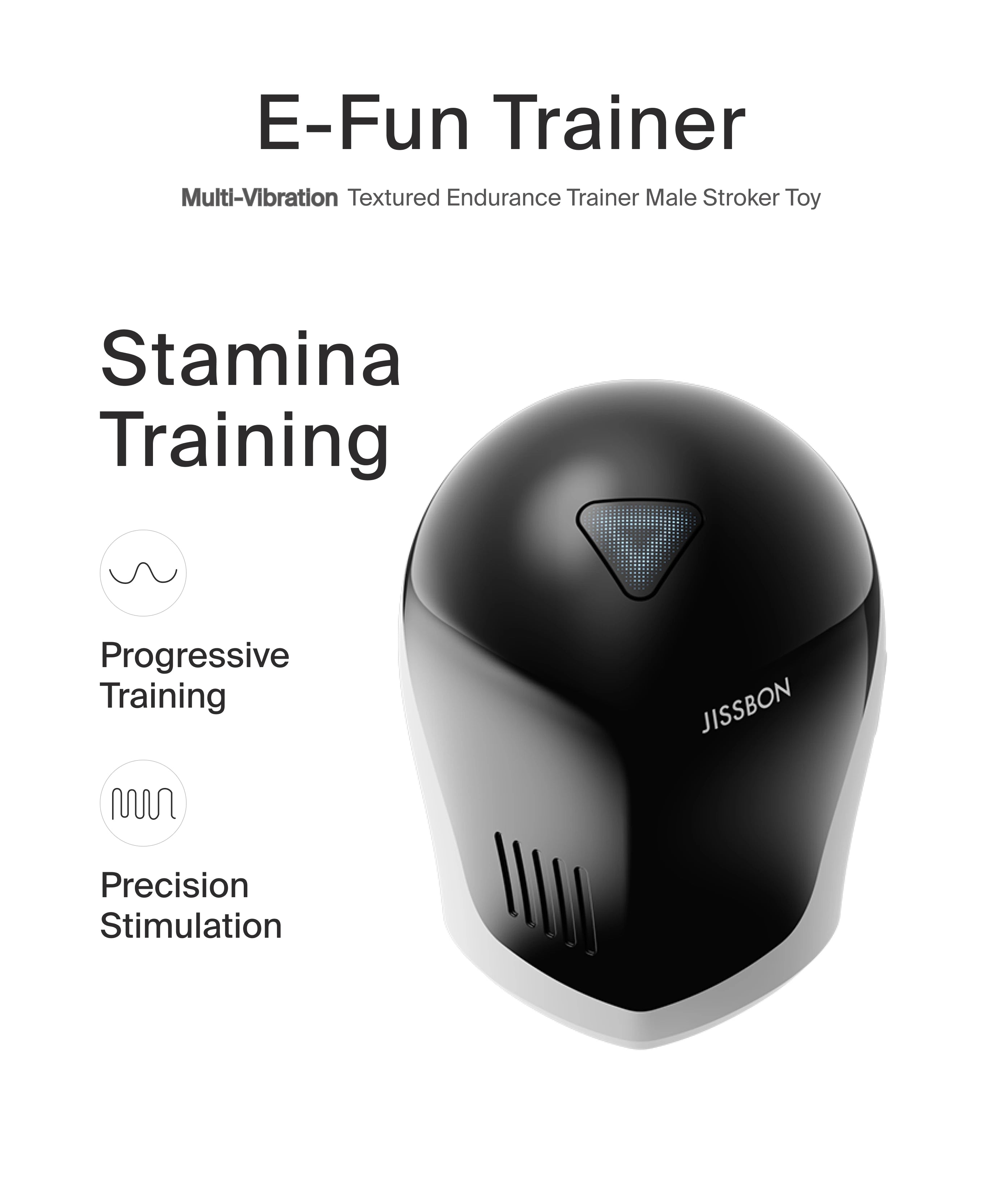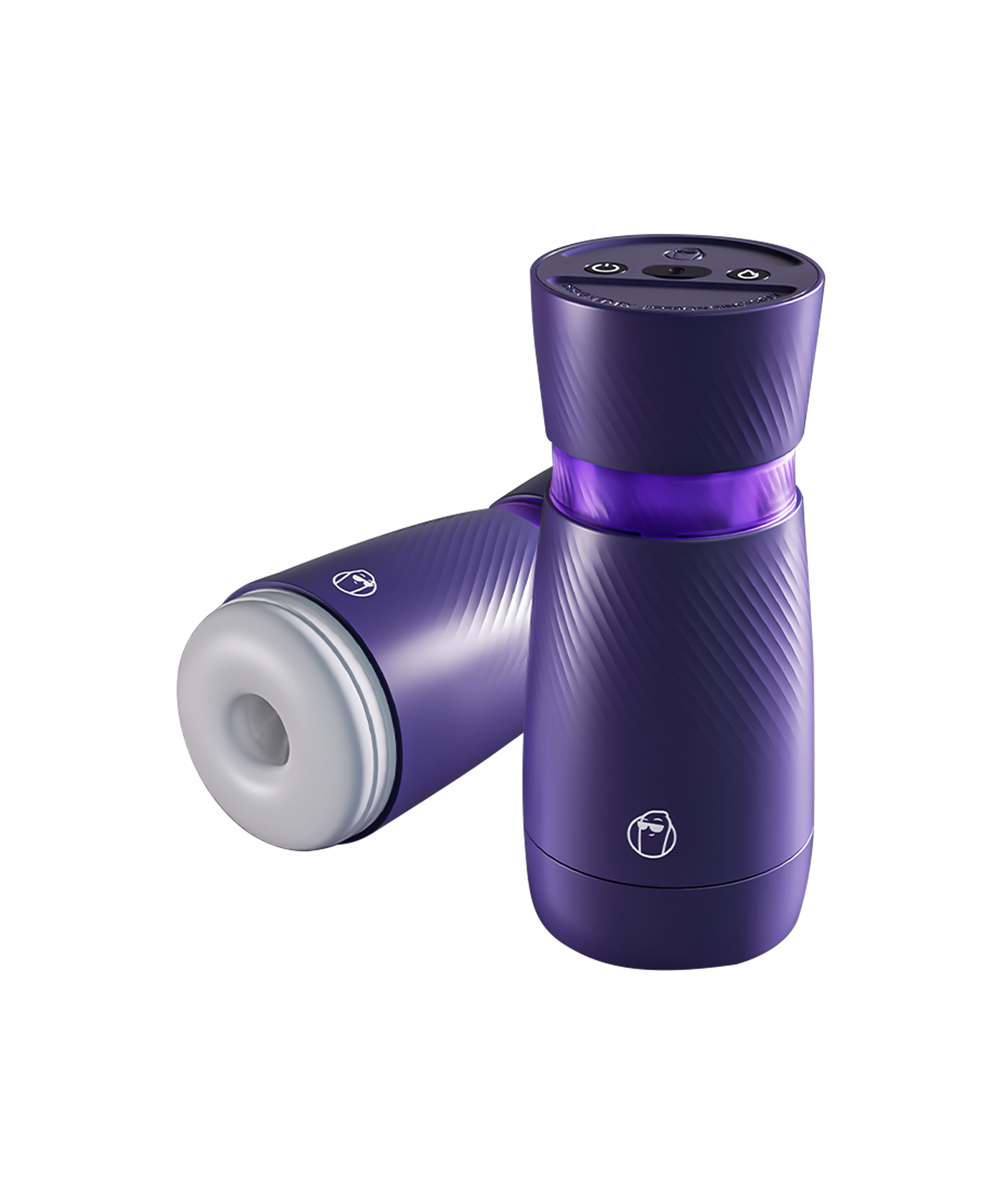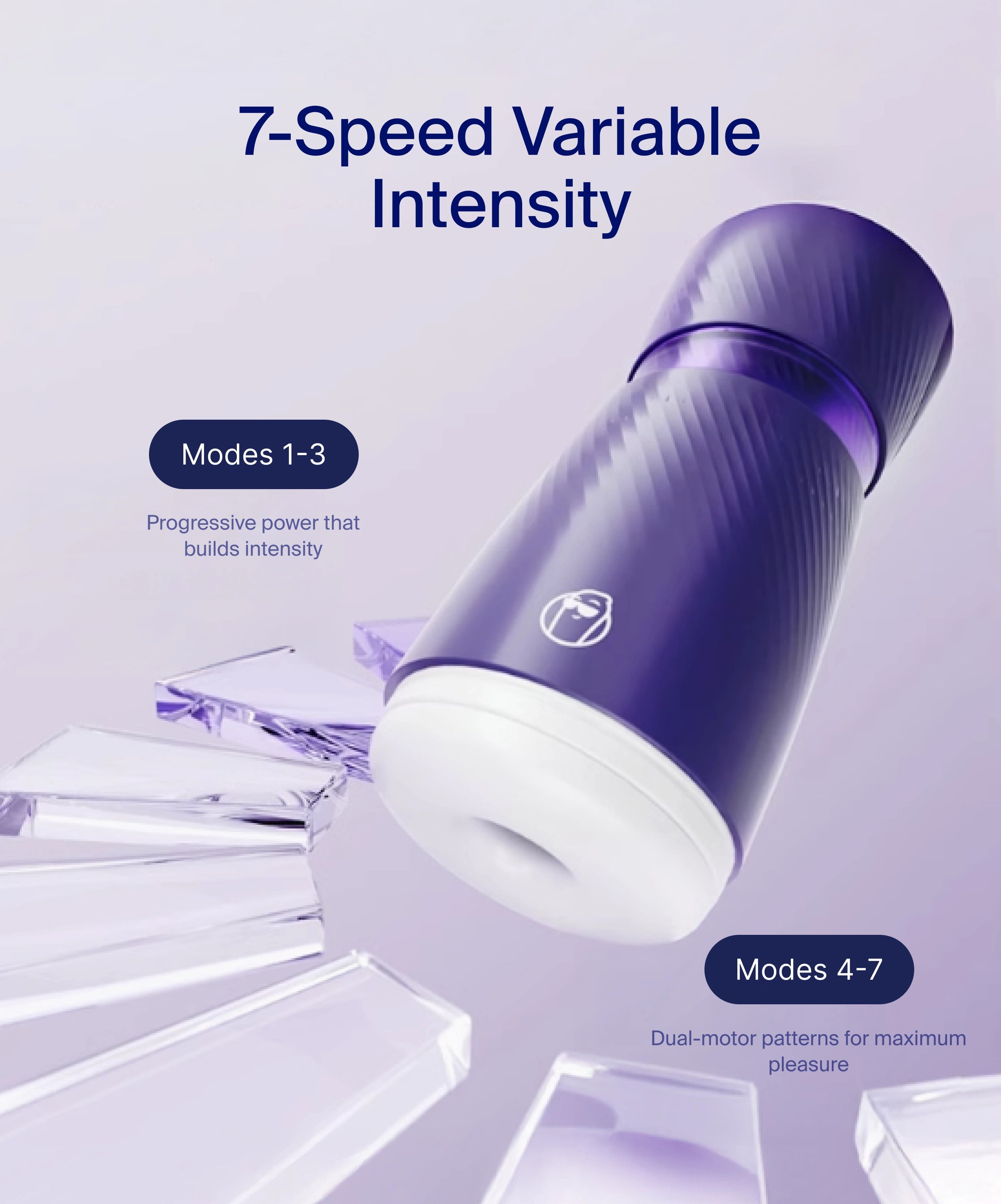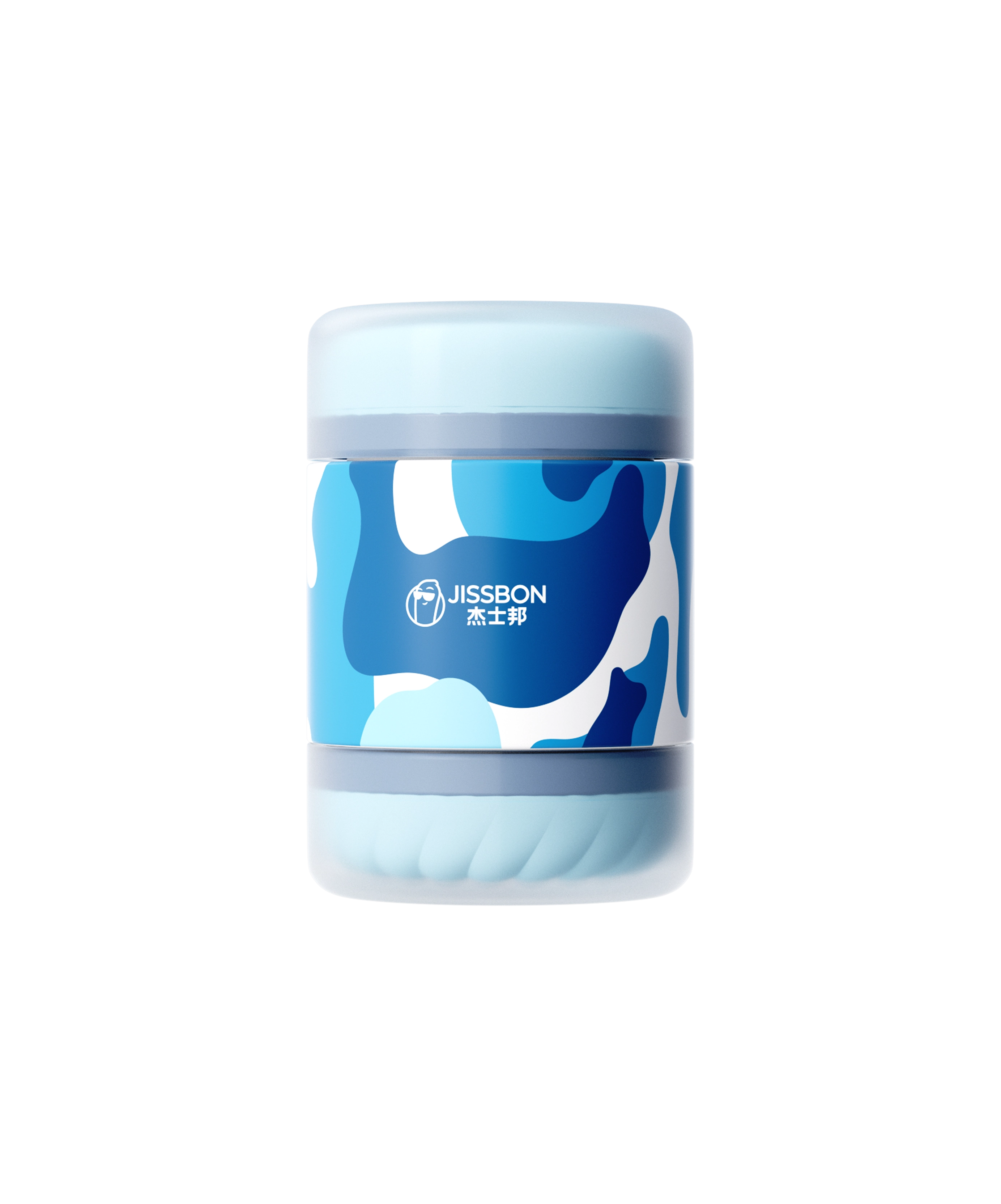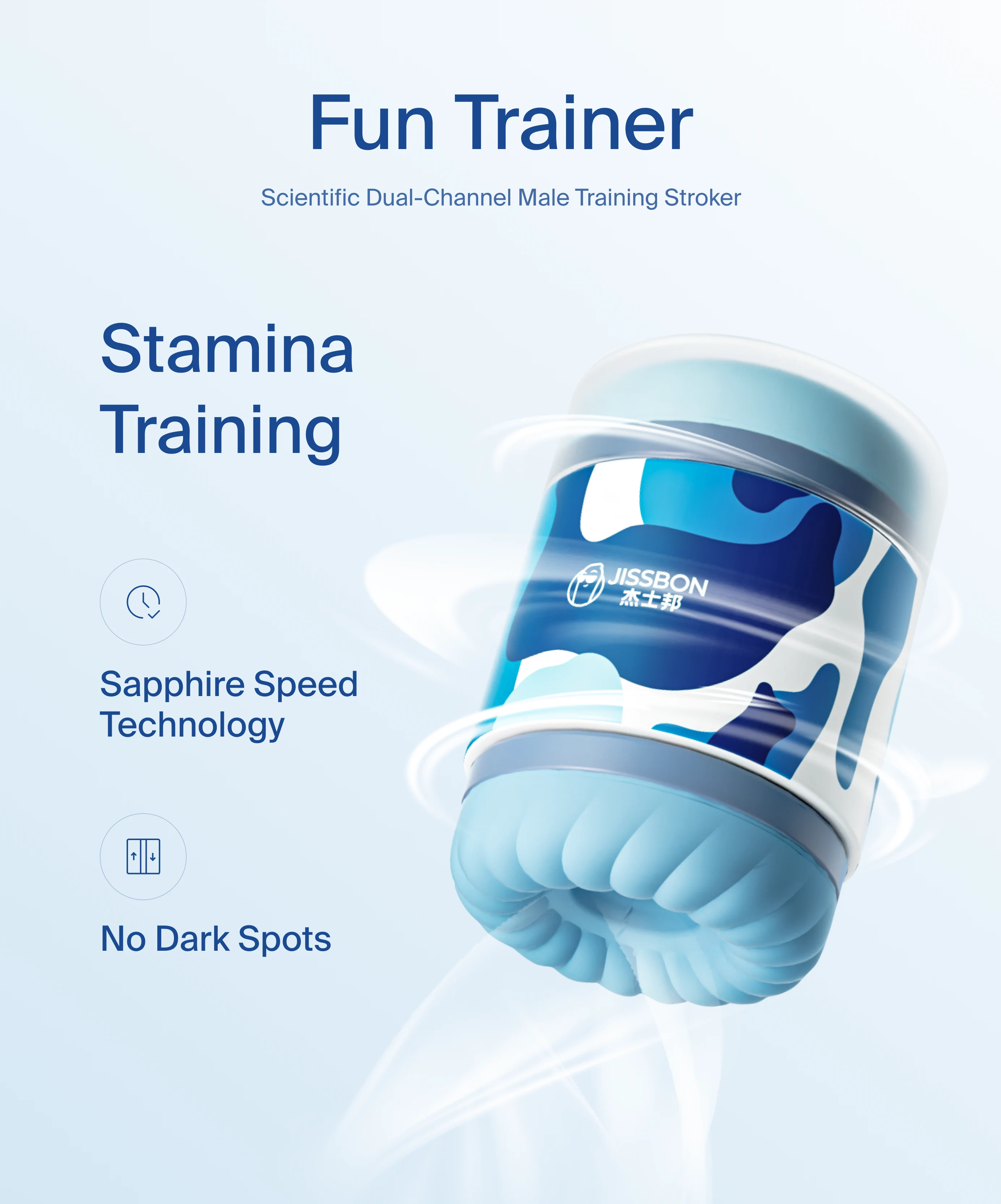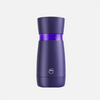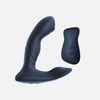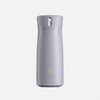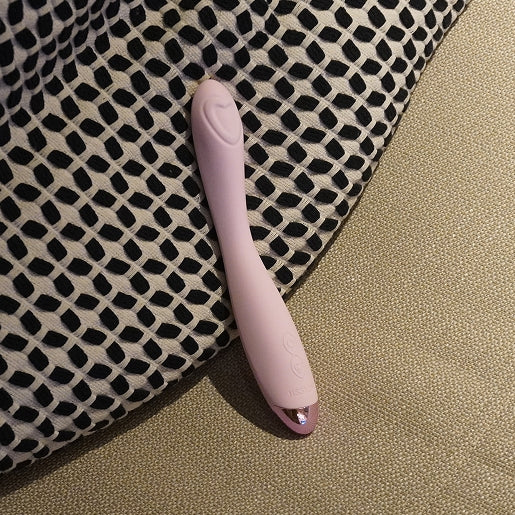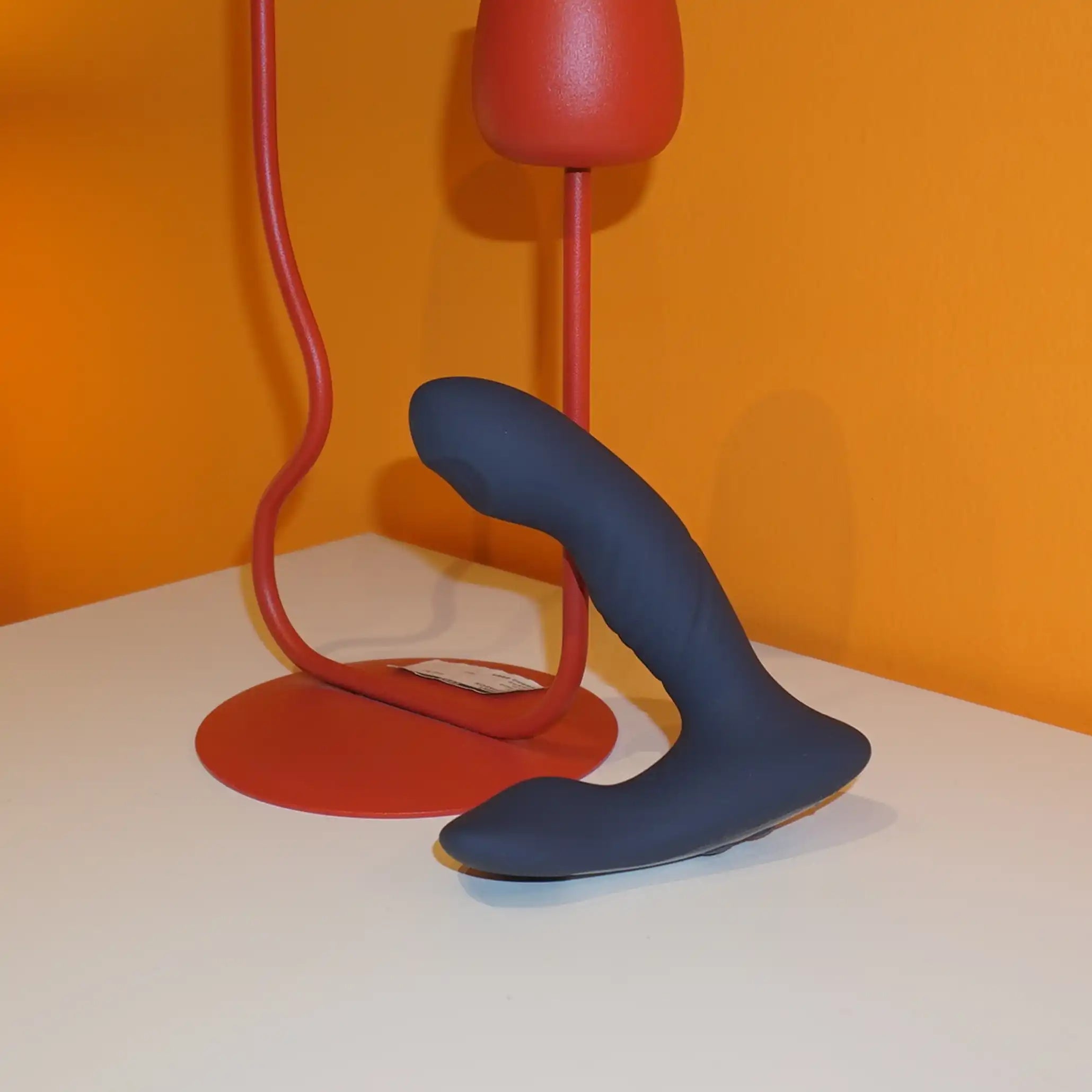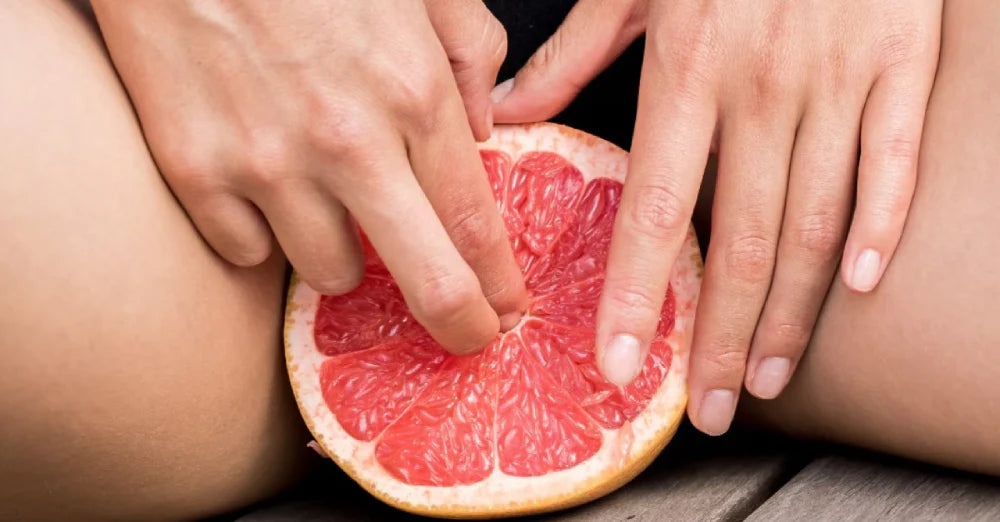The term “C-spot” might sound mysterious, but it’s simply another way to describe one of the most powerful and misunderstood parts of the human body—the clitoris.
In recent years, articles, doctors, and educators have started using “C-spot” to highlight this sensitive organ’s role in sexual pleasure and to differentiate it from other internal areas like the G-spot or A-spot.
In this guide, we’ll break down exactly what the C-spot is, where to find it, and how it works—all in a respectful, educational way designed to help you better understand sexual anatomy and body awareness.
What Is the C-Spot?
The C-spot stands for the clitoral spot, referring to the external portion of the clitoris that is visible at the top of the vulva.
It’s a small, pea-sized structure located where the inner labia meet, right above the urethral opening, and just below the pubic mound.
Far from being a tiny button, the clitoris is actually a complex network of internal and external structures that extend several centimeters inside the body.
Clitoral Anatomy: More Than Meets the Eye

When most people think of the clitoris, they imagine the small external glans (the visible tip). But medically, that’s only about 10% of the entire structure.
Here’s a quick look at its full design:
|
Part |
Description |
|
Glans (C-spot) |
The external part; highly sensitive with over 8,000 nerve endings. |
|
Body (shaft) |
Runs internally under the skin, connecting the glans to the rest of the structure. |
|
Crura (legs) |
Two internal branches that extend along the pelvic bone. |
|
Bulbs (vestibular bulbs) |
Spongy tissue on either side of the vaginal opening that swell with arousal. |
So, when you hear about the C-spot, it’s really shorthand for the visible entry point to an intricate internal network of nerves and tissue built purely for pleasure.
The Science Behind C-Spot Pleasure
The clitoris has more nerve endings than any other organ in the human body—more than the tongue, fingertips, or penis.
Its sole purpose is sexual sensation. Because of its high sensitivity, gentle touch or vibration is often more pleasurable than firm pressure.
When stimulated, blood flow increases in the internal clitoral structures, causing swelling and heightening sensitivity.
This physiological response explains why even light, rhythmic contact can lead to intense arousal and orgasmic release.
C-Spot vs. G-Spot: What’s the Difference?
|
Aspect |
C-Spot (Clitoris) |
G-Spot (Grafenberg Area) |
|
Location |
External, at the top of the vulva |
Internal, 2–3 inches inside the vagina on the front wall |
|
Tissue Type |
Nerve-dense, erectile tissue |
Spongy, glandular tissue |
|
Type of Sensation |
Sharp, tingling, surface-level |
Deep, full, pressure-based |
|
Response Time |
Often faster to arouse |
May take longer, needs consistent stimulation |
|
Stimulation Tools |
G-spot vibrators, curved toys |
Some people find pleasure focusing only on the C-spot, while others enjoy combining both for a “blended orgasm” that engages external and internal stimulation together.
How to Locate the C-Spot
If you look at the vulva from the front:
- Start from the top of the vaginal opening.
- Move upward toward the small fold of skin (the clitoral hood).
- Gently pull back the hood, and you’ll see or feel a small, soft, round bump—that’s the C-spot.
Because sensitivity levels vary, exploration should always be slow, comfortable, and pressure-controlled.
Lubrication—either natural or water-based—makes contact smoother and prevents friction.
The Role of the Clitoral Hood
The clitoral hood is a thin fold of skin that covers the glans, much like the foreskin covers the penis.
It protects the C-spot from overstimulation. Some prefer direct touch after pulling the hood back, while others find indirect contact (through the hood) more enjoyable.
Knowing your own comfort threshold helps prevent soreness or desensitization. There’s no single “right way”—only what feels right for you.
How the C-Spot Responds to Stimulation

The clitoral glans contains specialized sensory receptors that respond to light vibration, temperature, and movement.
When aroused, the surrounding tissue fills with blood, increasing its size and sensitivity.
Different forms of touch may produce different sensations:
- Circular motion – steady arousal buildup
- Up-and-down strokes – stronger, rhythmic stimulation
- Gentle pressure + vibration – fast, targeted stimulation
For beginners, starting slow and experimenting with rhythm, speed, and direction is the best way to understand personal preference.
Tools That Target the C-Spot
Modern sex education and wellness technology have created safe, body-friendly devices designed specifically for C-spot exploration.
Some popular options include:
- Clitoral vibrators: Designed for pinpoint or broad stimulation depending on head shape.
- Bullet vibrators: Compact, discreet, ideal for focused touch.
- Suction toys: Use air pulses for indirect stimulation—great for those sensitive to direct vibration.
- Rabbit vibrators: Combine G-spot and C-spot stimulation for blended sensations.
Always choose medical-grade silicone and water-based lubricants to keep things safe and comfortable.
Understanding the “C-Spot Orgasm”
A C-spot orgasm typically involves rhythmic contractions, warmth, and release centered around the clitoral region.
Because the clitoris is part of a larger internal network, the pleasure can radiate through the pelvis, abdomen, or even the legs.
Key tips for better C-spot experiences:
- Relax your pelvic muscles and focus on steady breathing.
- Explore both external and internal sensations.
- Combine touch with mental imagery or emotional connection—arousal begins in the brain.
- Don’t rush. Clitoral arousal can take time, and patience increases intensity.
Myths About the C-Spot
|
Myth |
Fact |
|
“The C-spot is only a tiny nub.” |
The visible tip is small, but the full clitoral network extends internally around the vagina. |
|
“Only penetration can cause orgasm.” |
Over 70% of people with vulvas need clitoral stimulation to climax. |
|
“Direct pressure is best.” |
Some prefer indirect, rhythmic, or suction-based contact. |
|
“C-spot sensitivity fades with age.” |
With proper stimulation and blood flow, sensitivity can remain strong for life. |
Dispelling these myths helps normalize all forms of pleasure and reduces pressure to “perform” a specific way.
The C-Spot and Sexual Health
Healthy sexual function depends on circulation, hormones, and emotional wellness.
To care for your C-spot and surrounding tissues:
- Maintain regular hygiene using mild, unscented soap.
- Avoid harsh chemicals, perfumes, or alcohol wipes.
- Stay hydrated and support blood flow through gentle movement or pelvic floor exercises.
- Address stress and anxiety, as tension can reduce sensitivity.
For dryness or discomfort, using natural lubricants or arousal gels can make stimulation more comfortable.
Comparing the Pleasure Zones: G-Spot, C-Spot, and A-Spot
Each area contributes to sexual pleasure in unique ways:
|
Spot |
Location |
Sensations |
Best Tools |
|
C-Spot |
External, at top of vulva |
Tingling, pulsing, surface-level |
Bullet or suction vibrator |
|
G-Spot |
2–3 in. inside vaginal front wall |
Deep, firm, pressure-based |
Curved G-spot toy |
|
A-Spot |
Near cervix, deep inside |
Warm, full-body pleasure |
Longer curved vibrator |
Many people combine stimulation of these areas for multi-layered arousal. The C-spot often acts as the starting point for this cascade.
Emotional Connection & Communication

Pleasure is not purely physical. Talking openly about preferences builds trust and relaxation, both essential for arousal.
Try phrases like:
- “That pressure feels nice, stay there.”
- “Try moving slower.”
- “Let’s explore what feels best for both of us.”
Clear language removes guesswork and enhances intimacy.
If exploring solo, self-talk and mindful awareness help you identify sensations more accurately.
Frequently Asked Questions
What exactly is the C-spot?
The C-spot refers to the clitoris, a highly sensitive organ located at the top of the vulva. It’s responsible for most external sexual pleasure for people with vulvas.
Where is it located?
It sits just under the clitoral hood, where the inner labia meet above the urethral opening.
Is the C-spot the same as the G-spot?
No. The C-spot is external (clitoral), while the G-spot is internal (vaginal). Both can be stimulated separately or together for blended pleasure.
Why is the C-spot so sensitive?
It contains around 8,000 nerve endings that send signals directly to the brain’s pleasure centers, making it one of the most responsive areas of the body.
Can everyone feel their C-spot the same way?
No. Sensitivity varies by individual. Some enjoy firm touch, others gentle vibration. Experimentation helps identify what feels best.
What’s the best way to stimulate it?
Start with light touch or vibration, add lubrication, and focus on comfort and rhythm. Direct or indirect stimulation both work depending on sensitivity.
Is it safe to use toys for C-spot exploration?
Yes—use body-safe silicone toys, keep them clean, and pair them with water-based lube. Avoid excessive friction and always listen to your body.
Conclusion:
The C-spot isn’t a mystery—it’s a biological masterpiece of sensitivity, designed solely for pleasure.
Learning about it isn’t just about sex; it’s about understanding anatomy, consent, and self-awareness.
By exploring your body without shame and speaking openly about pleasure, you take ownership of your sexual well-being.
Whether through gentle touch, mindful connection, or safe toys like clitoral vibrators and bullet vibrators, every exploration brings you closer to comfort, confidence, and joy.
Read more
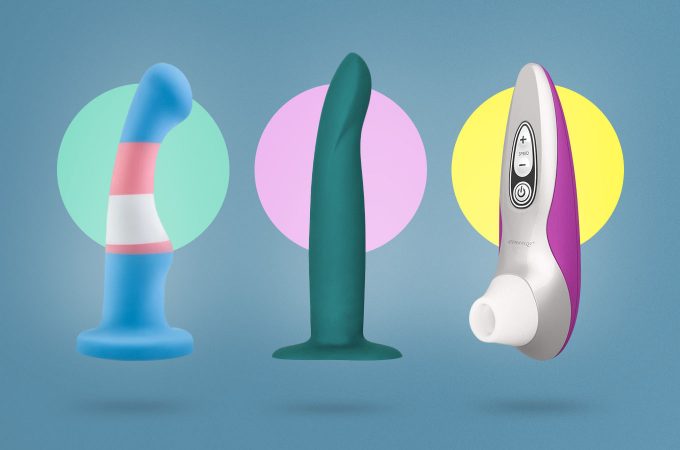
Shopping for intimate toys but confused about the difference between dildos and vibrators? You're not alone! While they may look similar, these two popular pleasure products work very differently. ...

Most people think orgasm requires direct touch—but that’s not always true.Through breath, body awareness, muscle control, and mental focus, it’s possible to reach climax without using your hands ...
